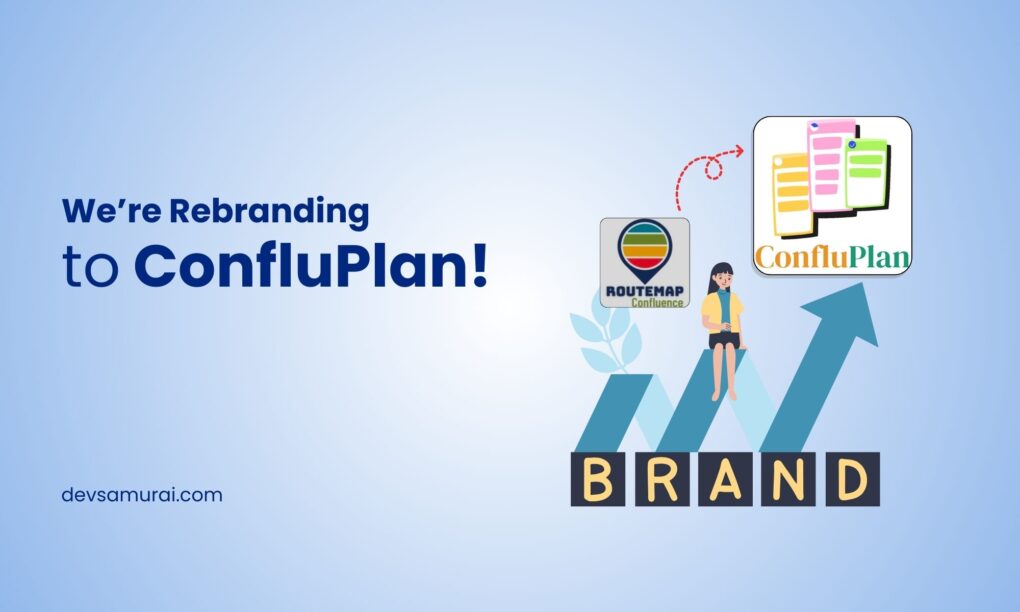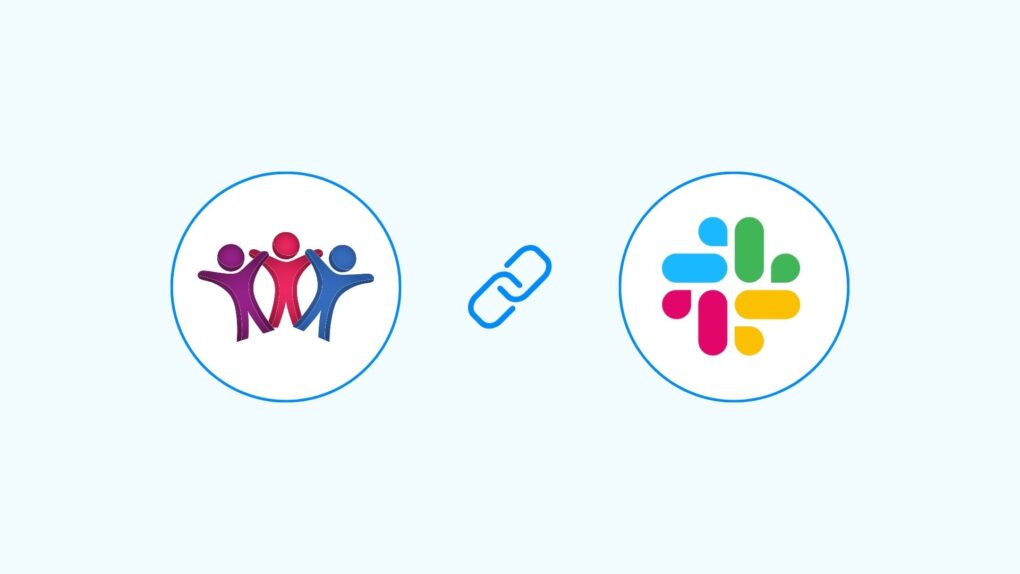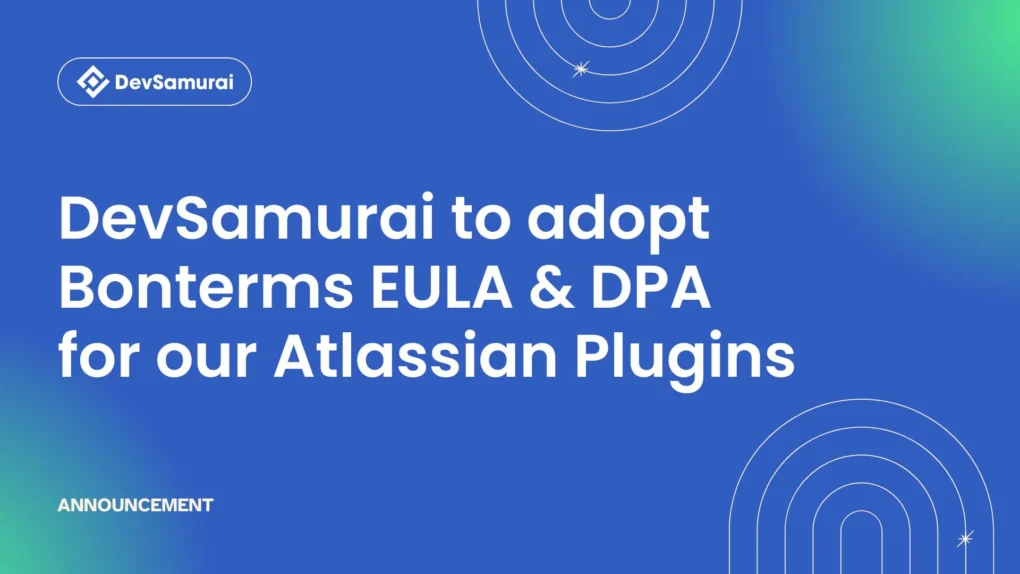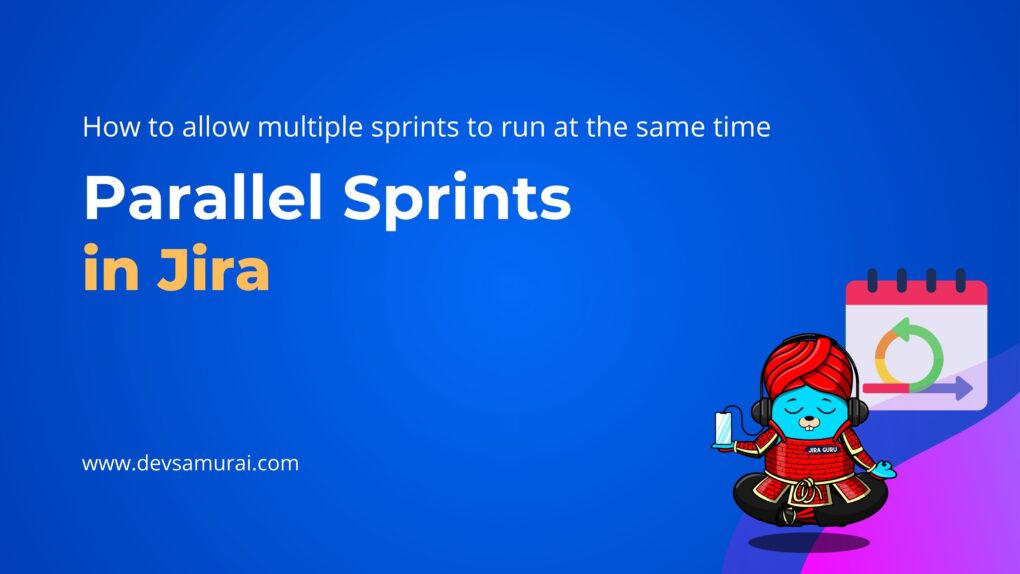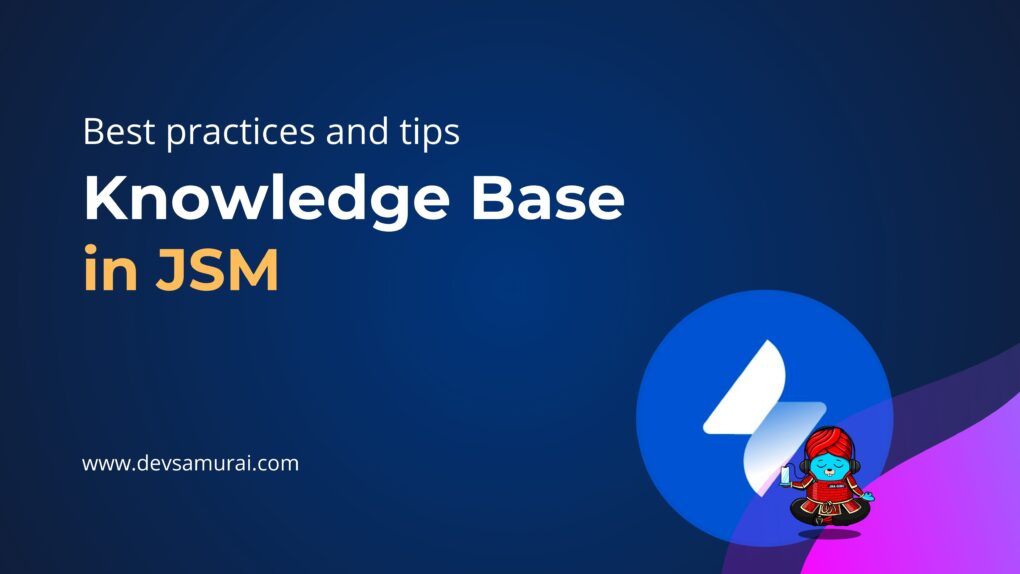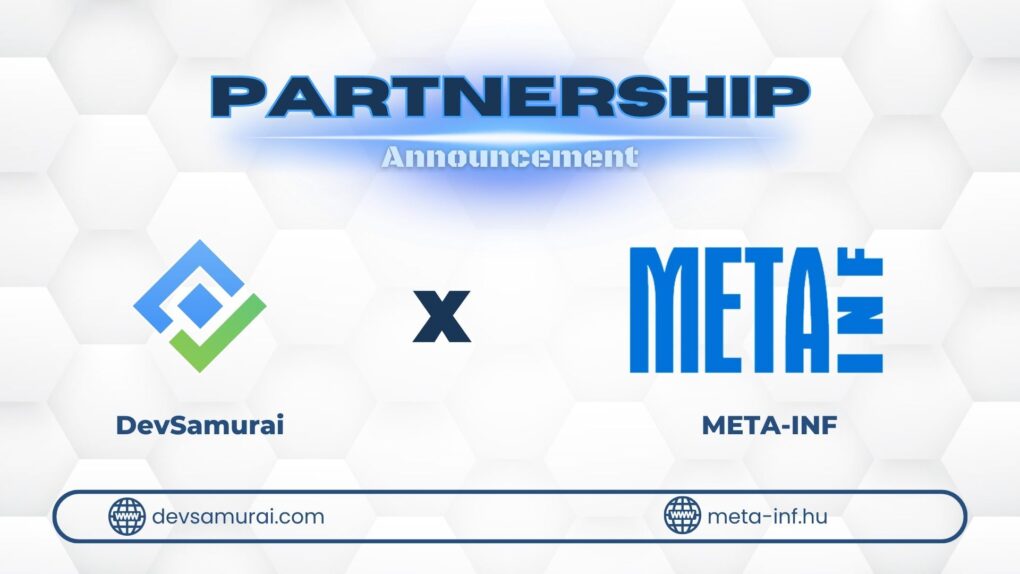Have you ever estimated that product development will take a certain amount of time, and fall within a specific budget, only to find out those predictions were wildly inaccurate? Or perhaps, have you simply read or heard horror stories from other product managers and owners? Often, estimations are difficult to generate because individuals and teams have limited information, and furthermore, cannot predict potential roadblocks.
Fortunately, Agile estimation techniques can help save product management and place development teams on the track to success. In this short guide, you will learn how agile estimation can be used to significantly aid your project’s projection and various effective agile estimation techniques.
How Can Agile Estimation Change Your Project?
When you are using Agile software, it is easier to plan product development than in traditional methods. Mainly, this is because your management and development team can collaborate efficiently, organize information effectively, create visually-stimulating information, and develop plans effortlessly as they follow from each other. You can take advantage of tools such as story mapping, product backlogs, and sprints.
After filling out initial Agile boards, you have the opportunity to use Agile estimation. It involves evaluating the tasks listed in the product backlog in terms of effort they would take to complete. Yet, it also demands open discussion, transparency regarding effort and times, understanding and respect about those estimations, commitment, and ongoing communication and collaboration from both you and your development team. With these factors at play, Agile estimation techniques can offer more accurate evaluation.
Ultimately, when using an Agile estimate technique, you can expect to reap numerous benefits. When you select the correct one for your team and your particular product, you may see:
Accountability
The process of Agile estimation involves a heightened level of collaboration between parties. Since this is the case, team members feel more involved and engaged with the project itself. The result? They are more likely to stay committed to the goals and completing the tasks to get there. Furthermore, more accurate goal posts can help team members complete tasks on time and with more precision. When they do not feel as pressured to complete tasks in an inappropriate amount of time, the sprints should be more successful.
Reduced Risk
As the sprints are likely to be more successful, the amount of time it takes to complete the project and the budget should be closer to target. For this reason, you may not need to scramble for more resources to complete a product, investors will be more satisfied, and you can prepare beta testers for initial launches.
Positive Feedback
Although a large part of any product development is providing feedback on sprints, you may see your feedback swing towards more positive messages. Additionally, you may see your development team reach out for assistance, resources, or direction more easily as they have a say in overall management.
Improved Coordination
In the majority of cases, you have many different departments working on a project. Naturally, these departments need to be able to coordinate with your product development schedule. For instance, you may need marketing to step in at a certain point or you may need real customer feedback on a test. Likely, you have set these different plans up as stories on your boards and they directly follow from each other; this means that you cannot start the next story before completing the prior story. If you have better estimation on timing, you can inform departments of when you will need their expertise. That way, you will not experience delays between completing stories and starting new stories.
What Are The Best Agile Estimation Techniques?
There are many different types of Agile estimation techniques you can choose from. The 5 most popular are:
Planning Poker
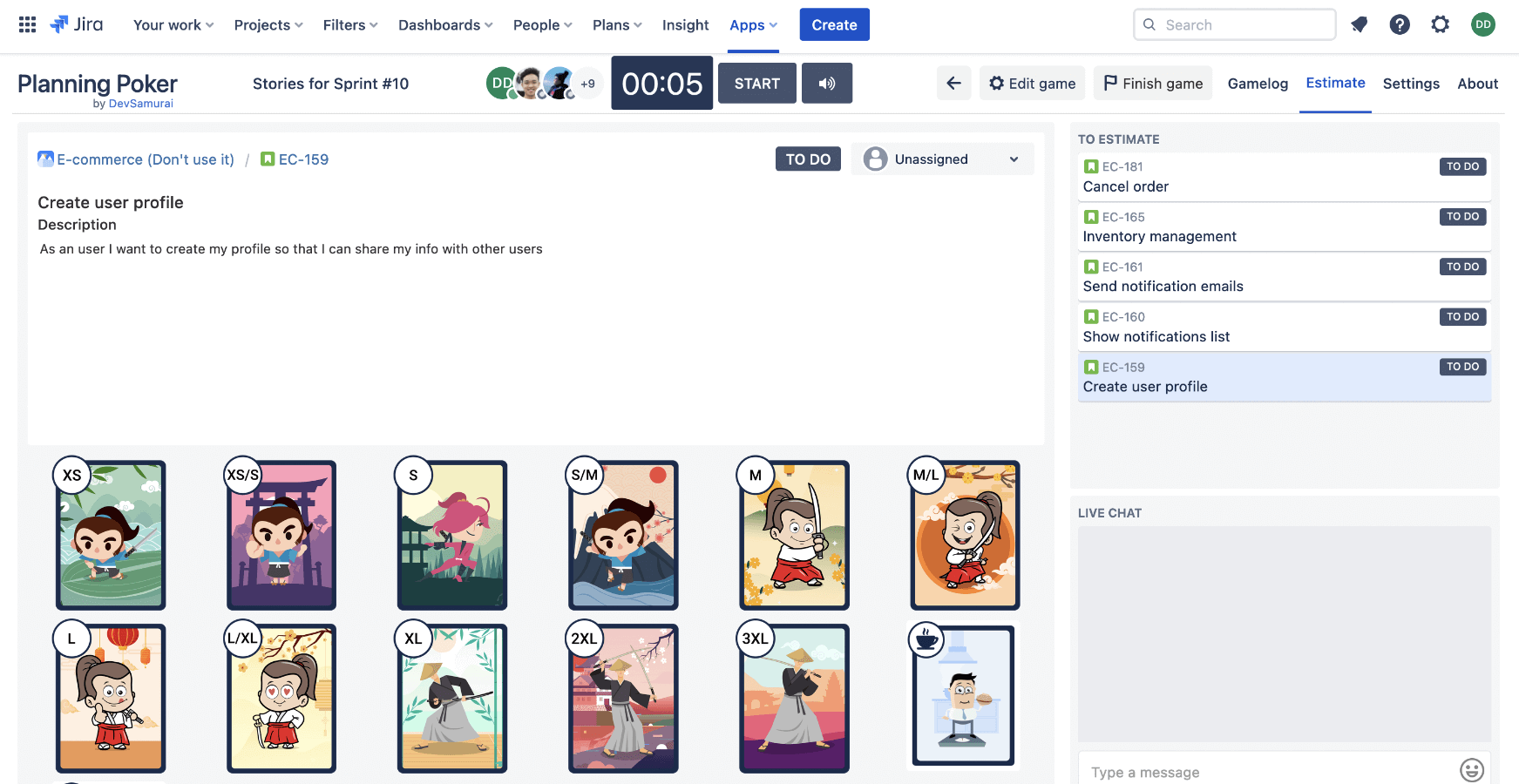
Planning Poker is similar to an Agile prioritization model, Priority Poker. You can easily use Quick Agile Planning Poker to ‘play’, using numbered cards to vote for estimates. Each team member will be able to vote on estimates for particular tasks. The game repeats until the votes narrow down and become unanimous. It is one of the most popular ways to estimate task efforts and times, and ultimately, story estimates.
Bucket System
The Bucket System is similar to Planning Poker, where teams can estimate tasks by placing them into ‘buckets’. If you have a particularly large group, the Bucket System technique may be most efficient. However, you could also play Planning Poker with groups, rather than individuals in order to accomplish similar results.
Voting/Polling
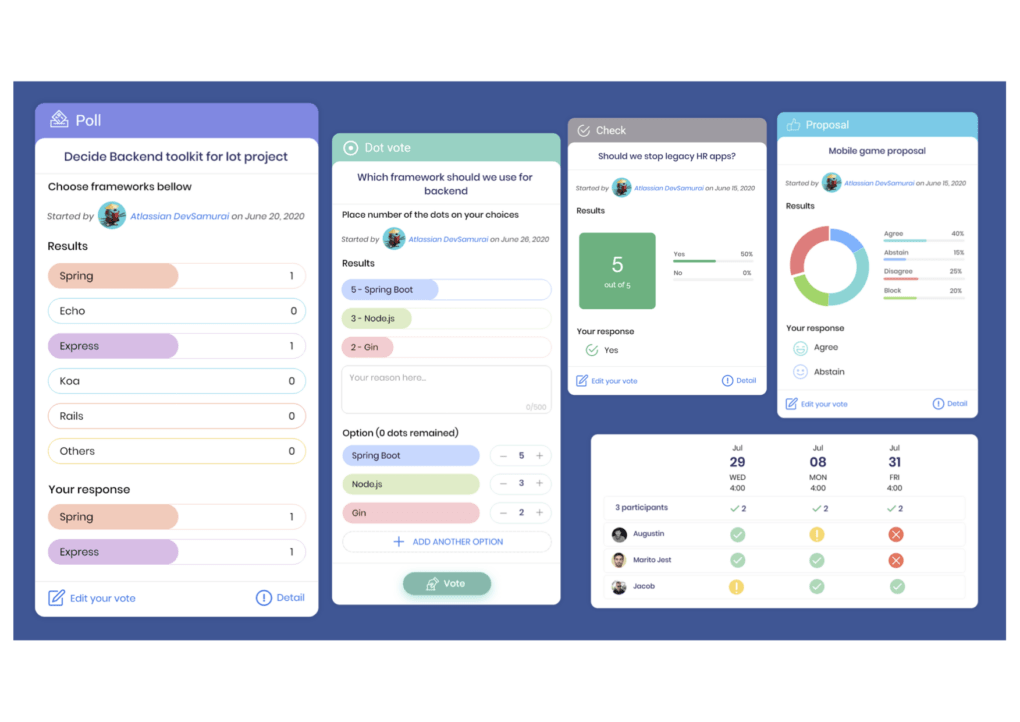
Voting, polling, or surveying your team can also be used to estimate. In this technique, team members can easily vote for estimates on each task. Then, you take the estimates with the highest amounts of votes or you can respin the polls, indicating two or three highest votes, to continue to narrow down the results.
Big-Uncertain-Small
If you are in a rush to get an estimate on the table, or you simply need to redirect your team after a mishap, consider Big-Uncertain-Small. Groups can place tasks into a chosen category, either big, uncertain, or small. The groups can discuss amongst themselves before placing the tasks in the categories, and go through the tasks one-by-one.
Dot Voting
Dot voting is an excellent way for teams to visualize efforts and times. It may work well for a team that is particularly visual, or if you have members from very different departments (speaking different languages, whether literally or metaphorically). Each team member receives a certain number of dots. Then, they must use their dots to determine how big or small a task is.
Going Forward with Agile Estimation Methods
As there are many different types of Agile estimation techniques, it can be difficult to know right off the bat which one will work for your specific team. When you are choosing a particular technique, you should take into account how many stories and tasks your project currently has, how many team members there are, how many different departments there are, and how your team understands information and expresses themselves (Do they all speak the same language? Would visual representations be better or written information?).
It is equally important to ensure that your team has all the relevant information needed to make informed decisions. At least, all the information that is currently available. Additionally, it is beneficial to make sure that everyone understands the goals of the project and the stories at hand.
Ultimately, you may find collaborating with your team with efficient programs advantageous during this process. The right software can make sure your whole team has access to pertinent information and easily weigh in on estimates.


